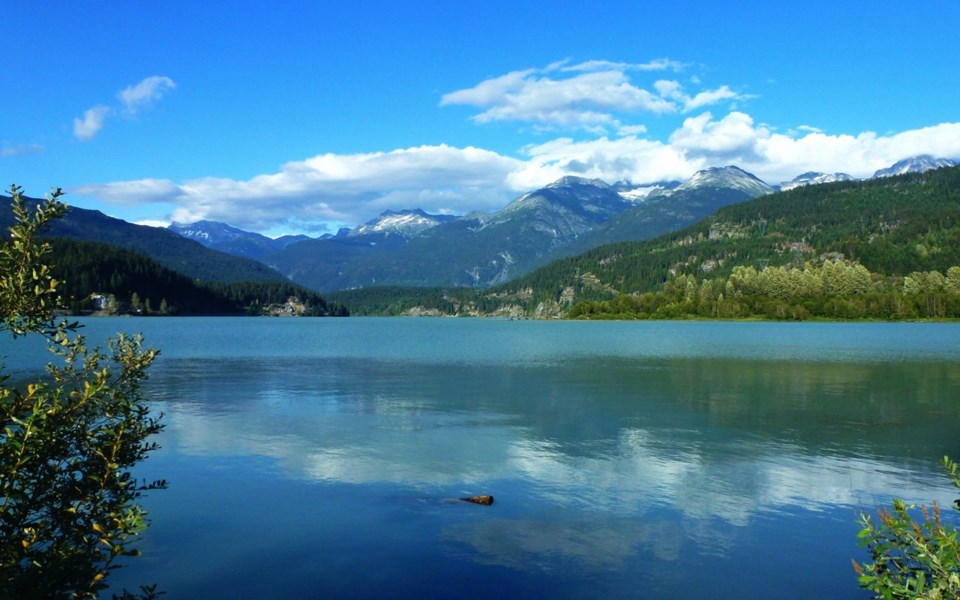Despite tinder-dry conditions last week, the Whistler Fire Rescue Service continues to respond to illegal campfires. On Sunday, Aug. 26, a crew responded to an abandoned fire on the north side of Green Lake, near Parkhurst.
"We had to deploy a boat to get our crews over there to run some pumps and hand tools," explained acting Fire Chief Stephen Doyle.
The incident was the second abandoned campfire that fire services has responded to in the area in the last month.
"Both were somewhat significant in that they were abandoned and that they were around the train tanks," said Doyle.
According to Doyle, both were "smoldering" when crews arrived.
"Often what happens is people will camp there overnight, and in the morning they will leave, and other residents visiting the lake, will come across these abandoned fire pits," Doyle said.
Responding to such incidents may cost resources, but Doyle said that it is important because of the risk of "underground" fires.
Because the fires took place on forest floor, rather than in a proper fire pit, there was a risk of the duff layer catching fire. Duff is made up of decomposed leaves, needles, fine twigs, and other organic material found between the mineral soil surface and litter layer of forest soil.
Fire can spread within it, setting trees on fire up to 15 metres away from where the original campfire took place, said Doyle.
When responding to abandoned fires, he said fire crews effectively address the terrain surrounding the campfire, making sure that it is cool to the touch and there is no underground fire burning.
According to an Aug. 28 Canadian Press article, human-caused wildfires continue to be a significant issue this wildfire season. It reported that since April 1, around 420 of 1,950 identified wildfires in the province were human-caused.
Though as a proportion of overall wildfires, that's slightly down from the 10-year average, the presence of any human-caused wildfire is concerning. (Traditionally, human-caused wildfires make up around 40 per cent of B.C.'s wildfires.)
"These human-caused wildfires during periods of heightened fire activity can in some cases divert critical resources away from the natural-caused wildfires that we can't prevent," said fire information officer Ryan Turcot.
Doyle said that given the fire risk in the Whistler area, the Fire Rescue Service is taking a proactive approach to getting its safety message out to the public, including those living in the forested areas around the community.
"We do nightly campfire patrols. The fire service goes out in the fire truck and patrols from the Cal-Cheak all the way to Wedge Pit, identifying these spots where we have had problems in the past," he said.
On a good note, Doyle said that in his estimation, this year there are fewer people living in camping areas.
"I've been out a couple of times, and it's no where nearly as bad as it has been in the past. I think that bylaw, the police, and fire services presence in the areas have really reduced the number of people who have decided to camp in some of these areas," he said.
Last year, more than 1.2 million hectares of land burned around the province, displacing around 65,000 people and costing the province more than $568 million in fire suppression.




